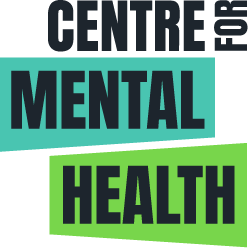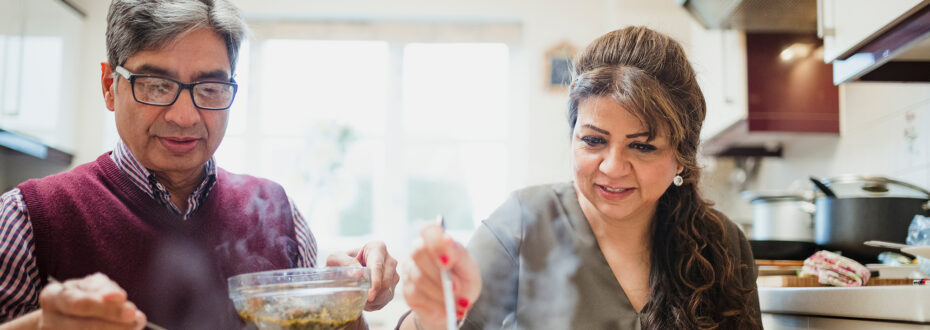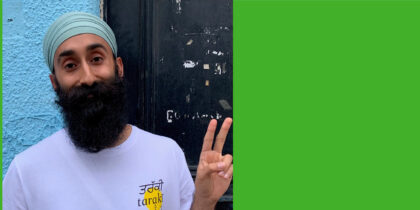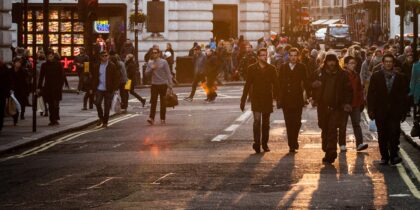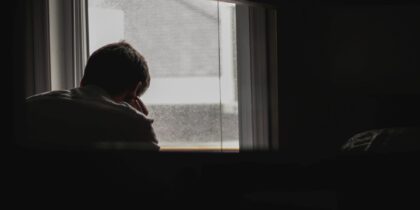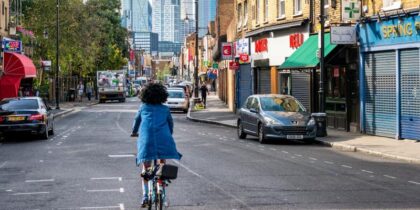Beyond being labelled as the ‘great leveller’, Covid-19 has revealed and exacerbated the latent inequalities which permeate our society. From government communications to health outcomes and even education, Covid-19 has presented a number of challenges which show the need for a closer and more interconnected analysis of how social hierarchies directly and indirectly impact almost all areas of our lives.
Mental health exists at the centre of such discussions. Going beyond the bio-medical model of mental health we can understand how a person and their emotional wellbeing can be directly shaped by other experiences, such as the traumas caused by processes of exclusion and discrimination which cut across lines of class, race, ability, and sexual orientation. Furthermore, emotional wellbeing is indirectly shaped by the allocation of resources and opportunities which are unfairly distributed through a society which champions the life chances of a few at the expense of the many. Mental health is closely linked to all areas of life and most aptly demonstrates that the personal is well and truly the political.
Black and minority ethnic (BAME) communities have been reported as more likely to die once diagnosed with Covid-19 whilst BAME groups have also reported higher levels of self-rated anxiety, depression, financial stress, unemployment stress, self-harm, loneliness and abuse throughout lockdown. Such disparities mirror more generalised mental health inequalities experienced by a number of communities who are categorised, and arguably reduced, under the label ‘BAME’.
emotional wellbeing can be directly shaped by other experiences, such as the traumas caused by processes of exclusion and discrimination which cut across lines of class, race, ability, and sexual orientation
As the founder and director of Taraki, a movement which works with Punjabi communities to reshape approaches to mental health, I had observed and heard of anecdotes where Punjabi people were experiencing hardships based in ethno-culturally specific challenges. While the ‘BAME’ label offers some level of understanding it also homogenises a vast group of peoples. Through this logic I decided to undertake some research specifically looking at Punjabi communities and their mental health during Covid-19 and lockdown, voices that are likely to be subsumed under ‘BAME’ within more generalised research.
Having collated a group of voluntary and charity sector organisations to design and undertake this research, as the primary investigator, I had the privilege of working with a team of volunteer researchers who combined both academic experiences and lived experiences of mental health challenges to best ensure we reached Punjabi communities. The key research questions were drawn from the National Institute of Health Research, looking at the experiences of Covid-19 and lockdown on the mental health of Punjabi communities with and without previous mental health challenges, alongside the supports most used during the pandemic. Our survey and interviews drew 470 respondents and we developed a range of key findings which are discussed below alongside their potential implications.
Key findings and implications
Our research found that 60% of respondents recorded a decrease in their self-rated mental wellbeing from before to during Covid-19 and lockdown; on average, all respondents’ self-rated mental wellbeing fell by 18%. However, these decreases were not experienced equally across respondents as LGBTQIA+ Punjabis, first generation migrant Punjabis and Punjabis living with co-morbidities, all of whom had previously identified mental health challenges, experienced the largest declines in self-rated mental health at -30%, -29% and -25% respectively.
While we may be tempted to view Punjabi communities as a homogenous group, these demographic breakdowns help us to understand vital nuances at the intersections of identities and experiences which can shape mental health outcomes during Covid-19. By acknowledging and speaking to diversities within diversities we are able to work against overly simplistic analysis which risks platforming the experiences of a dominant group at the expense of those who are less well represented. Such lessons are important beyond Punjabi communities and can speak to the need for more intersectional approaches to mental health research across the board.
decreases [in wellbeing] were not experienced equally across respondents, as LGBTQIA+ Punjabis, first generation migrant Punjabis and Punjabis living with co-morbidities… experienced the largest decline
For all respondents the most utilised structures of support were family, friends and faith, accessed by 63%, 56% and 41% respectively. Importantly, state and private health care services were comparatively low on the list of most used supports, which can contribute towards discussions concerning help-seeking behaviours in racialised groups. In this segment we defined faith as ‘contemplation or meditation’ to ensure it was accessible to those with narrow and broadly defined faith identities. The presence of faith in the top three supports represents an important facet which needs further research and exploration. Interestingly, LGBTQIA+ respondents and respondents under 40 reported using social media as a support disproportionately more than other groups. Similarly, Amritdari [initiated] Sikh respondents reported higher use of faith as a support compared with others.
These findings remind us that we cannot assume that support is accessed equally across groups and when we work alongside particular pockets within communities, we must consider how and where they access their support. If we are to move towards a health care system which works alongside existing support pathways it is important that we keep an open mind and do not invalidate some mechanisms of support used by already marginalised groups. An integrated health care system is one where the individual and their facets of identity are considered more holistically when delivering culturally safe care.
By acknowledging and speaking to diversities within diversities we are able to work against overly simplistic analysis which risks platforming the experiences of a dominant group at the expense of those who are less well represented.
Conclusion
When approaching communities already removed from general research spaces we must be aware not to perpetuate these types of exclusion for those who are living at the intersections of multiple marginalisations. This research conducted by Taraki is not perfect, nor does it claim to be, but it is a starting point from which more effective, inclusive and representative research can be developed. From this, we would hope that both Punjabi communities and broader racialised groups can work towards better and more equitable health outcomes.
As elaborated, Covid-19 has revealed and exacerbated underlying inequalities in society. We can, however, use this as a chance to capture a renewed focus on inequalities and health care, with a concerted move towards a more just and equitable world.
